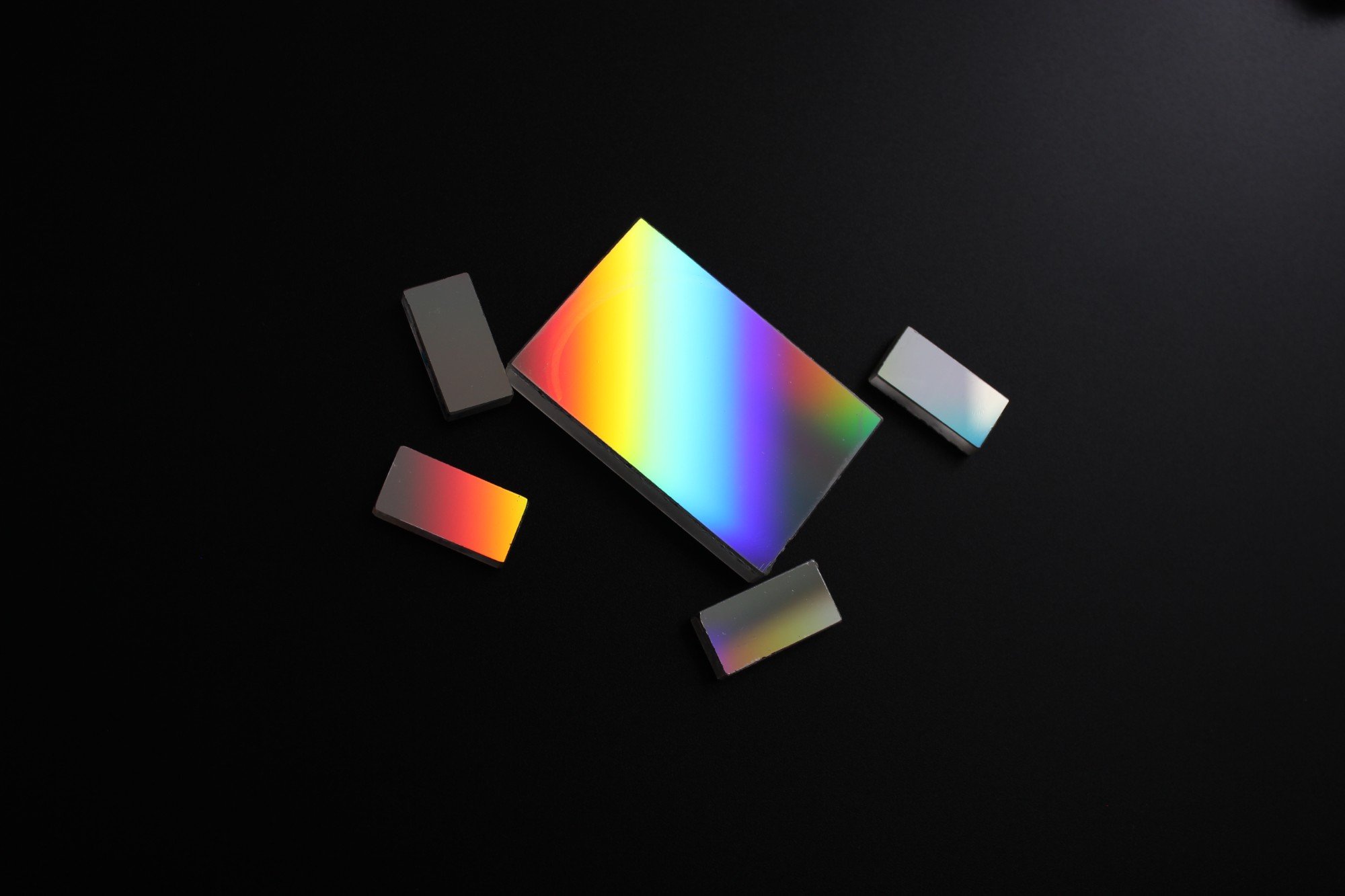Unraveling the Complexities of Holographic Diffraction Gratings: Insights into Spectral Dispersion and Applications
Holographic diffraction gratings are intricate optical components that hold significant scientific importance in the study of light-matter interactions. Unlike conventional gratings, these structures are formed through sophisticated holographic interference patterns, offering unique advantages in spectral analysis and various applications in optical engineering. In this exploration, we delve into the scientific intricacies of holographic diffraction gratings and their multifaceted applications.
Understanding Holographic Diffraction Gratings
At the heart of holographic diffraction gratings lies the principle of holography, involving the creation of interference patterns using laser light. These gratings feature periodically varying refractive indices, formed through the interference of two coherent beams - the object beam directed onto the grating surface and the reference beam directed onto a separate surface.
Dispersion of Light and Spectral Analysis
The defining characteristic of holographic diffraction gratings is their ability to disperse light, breaking it down into its constituent colors. When light impinges upon the grating, it undergoes diffraction, resulting in the spectral decomposition of the incident light. This dispersion provides invaluable insights into the spectral content of the light source, enabling detailed analysis of its composition and properties.
Applications in Optical Engineering
Holographic diffraction gratings find diverse applications in optical engineering, serving as fundamental tools in various domains:
Spectroscopy: The capacity to disperse light spectrally makes these gratings indispensable in spectroscopic studies. Their use in research and industrial applications enables precise identification and analysis of materials based on their unique spectral signatures.
Laser Systems: Holographic diffraction gratings are integral to controlling laser beams' direction and dispersion. By precisely manipulating the incident light's wavelength and direction, they facilitate beam shaping, steering, and modulation.
Telecommunications: In the realm of optical telecommunications, these gratings play a crucial role in wavelength division multiplexing (WDM) systems. They efficiently manage multiple signals by separating and combining different wavelengths, enhancing data transmission capacities.
Beyond Optics: Holography's Expanding Horizons
The significance of holographic diffraction gratings transcends the realm of optics and finds applications in diverse fields:
Holography as Art: The artistic possibilities of holography are virtually boundless, with holographic diffraction gratings contributing to captivating holographic art installations and displays.
Security and Authentication: Holograms created using these gratings are employed in security features to protect sensitive documents and products from counterfeiting.
Entertainment and Display: In entertainment, holographic diffraction gratings contribute to three-dimensional holographic displays, adding an element of realism to visual experiences.
Conclusion
The world of holographic diffraction gratings opens a realm of scientific exploration and technological advancements. Through their ability to disperse light and reveal the spectral intricacies of materials, they become invaluable tools in spectroscopy and various optical engineering applications. As we continue to unlock the complexities of light-matter interactions, holographic diffraction gratings play a pivotal role in revealing the true nature of light and its far-reaching implications across scientific, industrial, and creative domains.







